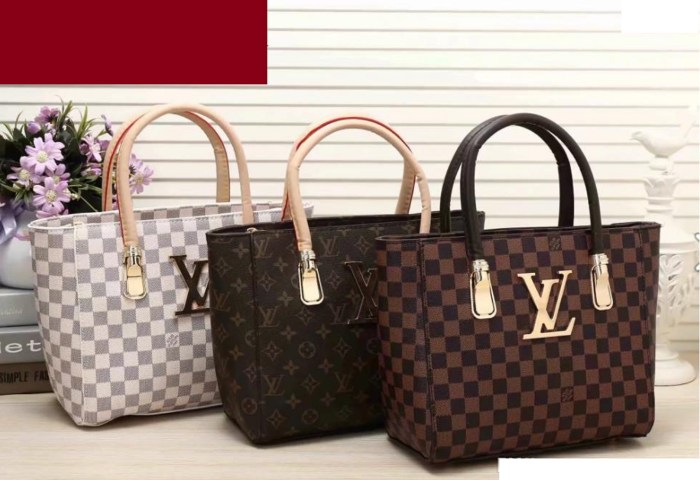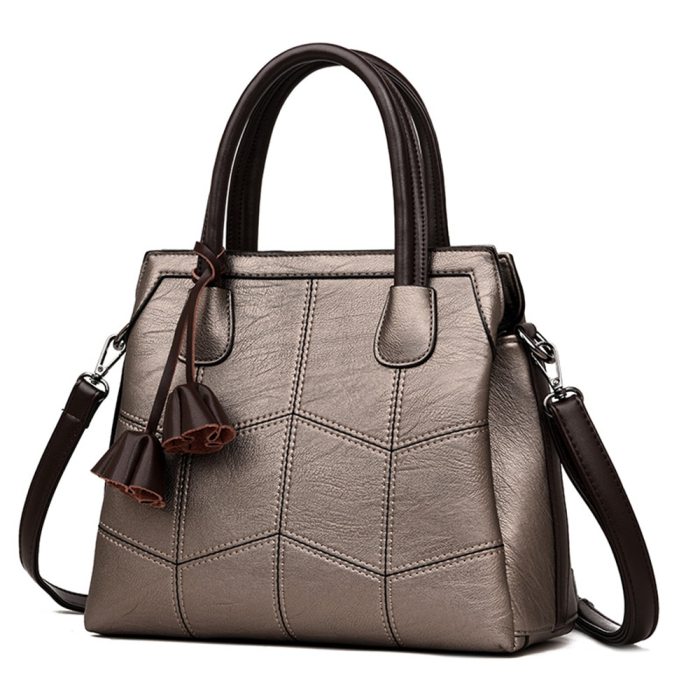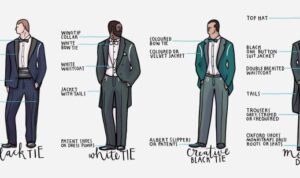Designer handbags are more than just bags – they’re a symbol of style, luxury, and status. From the most iconic brands to the latest trends, these accessories play a significant role in the world of fashion.
As we delve deeper into the world of designer handbags, we uncover the craftsmanship, materials, design elements, pricing, and sustainability efforts that shape this coveted accessory.
Introduction to Designer Handbags

Designer handbags are high-quality, luxury bags created by renowned fashion houses. These handbags are crafted with precision and attention to detail, often using premium materials and exquisite craftsmanship.
Popular Designer Handbag Brands
- Chanel
- Louis Vuitton
- Gucci
- Prada
- Hermès
Allure and Appeal of Designer Handbags
Owning a designer handbag is not just about functionality, but also about making a fashion statement. These bags are seen as a symbol of sophistication, elegance, and style. The exclusivity and prestige associated with designer handbags make them highly coveted by fashion enthusiasts.
Role of Designer Handbags as Status Symbols
Designer handbags are often considered status symbols, representing wealth, success, and social standing. Carrying a designer handbag can convey a sense of luxury and exclusivity, making it a desirable accessory for those who want to showcase their affluence and taste.
Materials Used in Designer Handbags
When it comes to crafting designer handbags, the choice of materials plays a crucial role in determining the overall quality, durability, and aesthetic appeal of the final product. Various materials are commonly used in the production of designer handbags, each with its own unique characteristics and benefits.
Leather:
One of the most popular materials used in designer handbags is leather, known for its luxurious look, durability, and timeless appeal. Genuine leather is sourced from animal hides and can vary in quality depending on the type of leather used. Full-grain leather, for example, is considered the highest quality and most durable, while top-grain leather is slightly lower in quality but still offers good durability. Leather handbags are known for their softness, flexibility, and ability to develop a rich patina over time, making them highly sought after by fashion enthusiasts.
Canvas:
Canvas is another common material used in designer handbags, especially in more casual or everyday styles. Canvas is a durable and lightweight fabric made from cotton or linen, known for its strength and resistance to wear and tear. Canvas handbags are often more affordable than leather options and are available in a wide range of colors and prints, making them a versatile choice for different occasions.
Environmental Impact:
It is important to consider the environmental impact of using certain materials in designer handbags. Leather production, for example, can have a significant impact on the environment due to the chemicals used in tanning processes and the carbon footprint associated with raising livestock. On the other hand, canvas is a more sustainable option as it is made from natural fibers and can be recycled or repurposed more easily. Designers are increasingly exploring eco-friendly materials and production methods to reduce the environmental footprint of their products and meet the growing demand for sustainable fashion choices.
Design Elements in Designer Handbags

When it comes to designer handbags, various design elements play a crucial role in defining the overall aesthetic and appeal of the bag. From hardware details to logos and shapes, each element contributes to making the handbag unique and desirable.
Hardware Details
Hardware details such as clasps, buckles, studs, and chains are often used by designers to add a touch of luxury and sophistication to their handbag designs. High-quality hardware can elevate the look of a handbag and make it stand out from mass-produced bags.
Logos and Branding
Logos and branding are essential design elements in designer handbags as they not only represent the brand but also serve as a status symbol for the wearer. Some designers opt for subtle and understated logos, while others prefer bold and prominent branding to make a statement.
Shapes and Silhouettes
The shape and silhouette of a handbag are key design elements that can influence its functionality and style. Designers often experiment with different shapes, from structured to slouchy, to cater to varying preferences and trends in the fashion industry.
Incorporating Trends
Designers constantly keep an eye on current fashion trends and incorporate them into their handbag designs to stay relevant and appealing to consumers. Whether it’s a popular color, pattern, or style, trends play a significant role in shaping the design elements of designer handbags.
Cultural and Historical References
Cultural and historical references often inspire designers to create unique and meaningful handbag designs. From traditional craftsmanship techniques to symbols and motifs from different cultures, these references add depth and richness to the design elements of designer handbags.
Pricing and Value of Designer Handbags
When it comes to designer handbags, the price tags can often be jaw-dropping. But what exactly contributes to these high prices, and is the investment worth it?
Factors Contributing to High Price Tags
- Brand Prestige: Established designer brands with a rich history and reputation tend to command higher prices due to their exclusivity.
- Quality Materials: Designer handbags are typically made from high-quality materials like leather, exotic skins, and durable hardware, which significantly impact the cost.
- Craftsmanship: Skilled artisans meticulously handcraft designer handbags, adding to the labor costs and overall price.
- Limited Editions: Limited production runs and exclusive collaborations can drive up the prices of designer handbags.
Value Retention Across Different Brands
- Luxury brands like Chanel, Hermès, and Louis Vuitton often retain their value or even appreciate over time due to their timeless designs, quality craftsmanship, and brand reputation.
- Contemporary designer brands may not hold their value as well, as trends change quickly, and the resale market for these bags can fluctuate.
- Researching the resale value and demand for specific designer handbags can help buyers make informed decisions on their purchases as potential investment pieces.
Investment Pieces in Designer Handbags
Investment pieces in designer handbags refer to those iconic styles that hold their value and may even increase in worth over time. These pieces are often classic designs from renowned brands that have stood the test of time and continue to be sought after by collectors and fashion enthusiasts.
Sustainability in Designer Handbag Production
In today’s fashion industry, sustainability has become a key focus for many designer brands looking to reduce their environmental impact and promote ethical practices in handbag production.
Initiatives for Sustainability
- Many designer brands are now using eco-friendly materials such as recycled leather, organic cotton, and sustainable alternatives to traditional plastics.
- Some brands have implemented ethical sourcing practices, ensuring fair wages and safe working conditions for workers in their supply chain.
- Designers are also exploring innovative techniques like upcycling and zero-waste production to minimize waste and reduce their carbon footprint.
Challenges in Sustainable Production, Designer handbags
- One of the main challenges faced by the fashion industry is the high cost associated with sustainable materials and production methods, making it difficult for some brands to adopt these practices on a larger scale.
- Another challenge is the lack of transparency in the supply chain, making it hard to trace the origins of materials and ensure they meet sustainability standards.
- Balancing the demand for new designs with the need for sustainability is also a challenge, as fast fashion trends often lead to overproduction and waste.
Impact of Fast Fashion
- The rise of fast fashion has increased the demand for affordable, trendy handbags, putting pressure on designer brands to produce more collections at a faster pace.
- This ‘fast fashion’ model often results in lower quality products that are quickly discarded, contributing to environmental waste and unsustainable practices in the industry.
- However, there is a growing shift towards conscious consumerism, with more people seeking out sustainable and ethically made designer handbags, encouraging brands to prioritize sustainability in their production processes.



